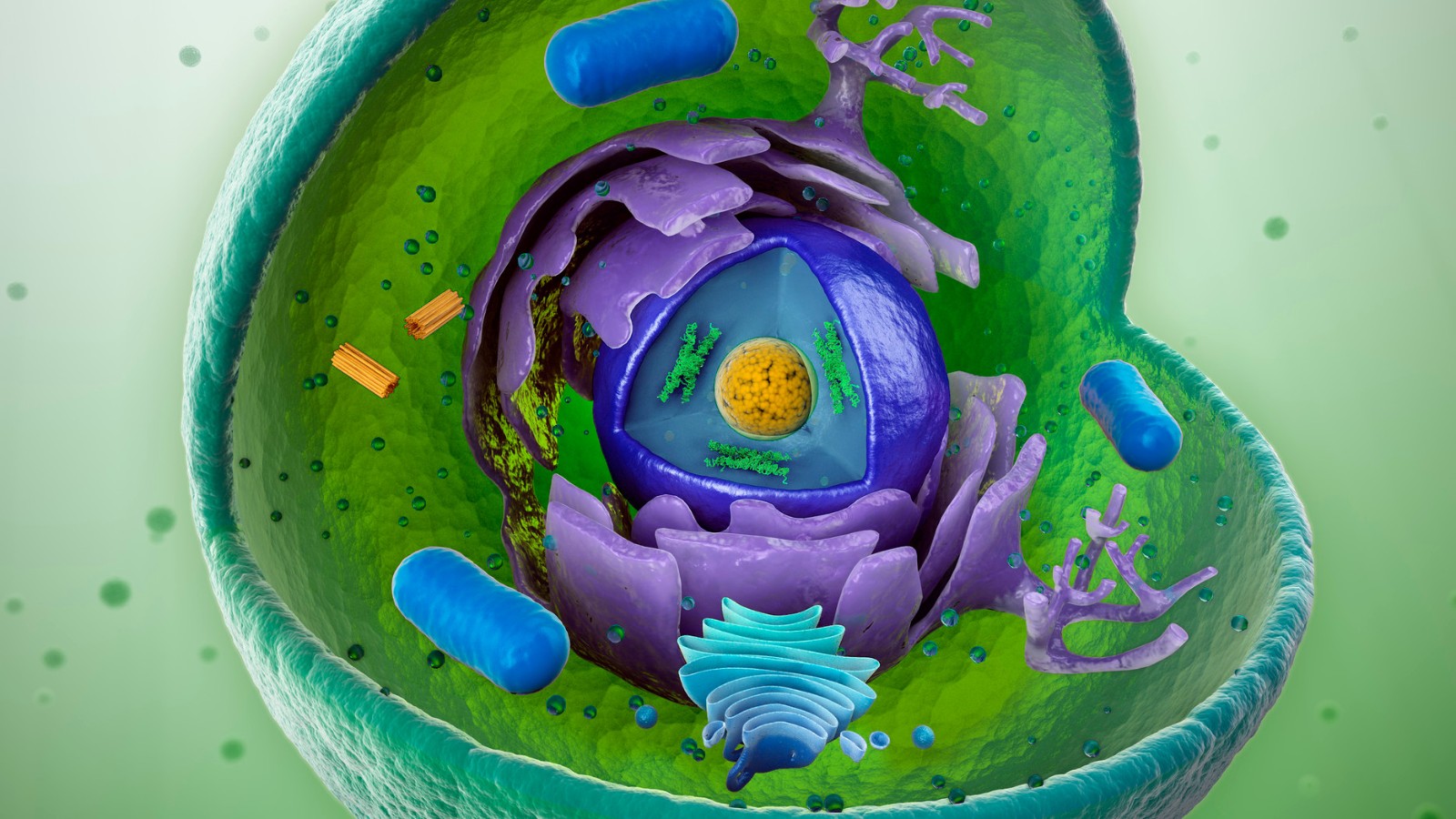Navigating DEL Screening from Hit to Lead

Oxford Global was pleased to host a dynamic panel discussion at Drug Discovery US that focused on hit to lead technologies, their exploration, and applications. The panel, titled ‘Integration Of Technologies For HIT Triage & Early Exploration’ was moderated by Zhengrong Zhu, a Principal Scientist at Merck with many years of DNA-encoded library (DEL) experience.
Joining Zhu on the panel was Sanjay Panchal, Principal Research Scientist at AbbVie who has a protein nuclear magnetic resonance (NMR) background. Isra Hassan also joined the panel: a Senior Scientist at Novartis, she works in the Chemical Biology and Therapeutics department on a very early stage drug discovery project. Joe Franklin, Senior Vice President of Early Discovery at Anagenex, works at the intersection of medicinal chemistry, DEL screening, and machine learning, and joined the panel to share his outlook on this field. Joining the panel through video link, Caterina Musetti is a Principal Scientist at Bristol Myers Squibb. Her department is responsible for high throughput screening and optimisation of small molecules.
- Addressing Specific Targets and Dealing with Target Engagement
- Using ML with DEL: Philogen and Google Partner in New Study
- Accelerating Target Discovery with Genomic and CRISPR Techniques
Hit to Lead: DELs Versus Screening Huge Chemical Space
One audience question concerned the effectiveness of using DELs versus screening large chemical space libraries of several million compounds, and in which situations would you use one over the other.
Franklin explained that DELs were a very good hit finding technology, but less so for lead finding. DEL screening performs best for finding chemical starting points for a target. Especially when screening a large catalogue, additional tools need to be employed to make predictions based on that catalogue. “Doing a DEL screen and then using machine learning to predict against that commercially available catalogue — that’s a very powerful technique,” said Franklin.
Franklin favours using real screening data to drive the rest of the development process. “I believe if you have a target that you want to progress, you should use DEL, HTS, fragment based, and then machine learning to help you,” he said. Performing screening based on a large commercially available catalogue of reasonably accessible chemical space needs tools to support it, and here machine learning can be valuable. “It depends on how you generate that data, and that catalogue can be very useful.”
The panel agreed that a plurality of screening modalities was useful to have available. Panchal said that there had been times in his experience where DEL screening was able to provide a hit to a target where fragment screening or HTS could not. “It is resource dependent; it depends how much you can do and how much protein you have,” he commented.
Also advising on this issue, Zhu highlighted that a unique aspect of DELs is their application of specialised compounds for screening. “You have to take into consideration what it takes to build a DEL library,” said Zhu. Due to the fact that each molecule needs to be conjugated to a DNA tag, not all compounds are applicable to DEL screening.
Navigating the Availability of Proteins
One audience member asked the panel what their experience was with overcoming the often limited availability of the protein, and the challenges that they faced in this regard.
Panchal commented on this topic. He said that the availability of protein depends on the biochemistry group performing extensive biochemistry to test different expression systems. Trying different expression systems is integral to creating a large amount of protein for a DEL screen. Furthermore, before embarking on a DEL screen, there is an intensive QC process for the protein which involves 2D NMR (nuclear magnetic resonance), TSA (thermal shift assay), SPR (surface plasmon resonance), and literature research. Herein, there are two very important factors that need to be accounted for: availability of the protein, and its quality.
Our Organ Modelling Discovery Congress addresses an important and expanding field which provides new understandings in organ functionality and novel approaches to drug development.





.png)

